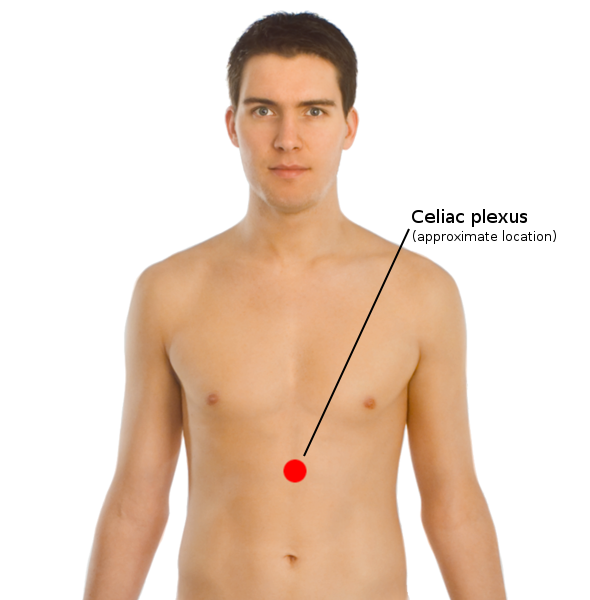Knocked The Wind Out on:
[Wikipedia]
[Google]
[Amazon]
 Getting the wind knocked out of you is an
Getting the wind knocked out of you is an
"Getting the Wind Knocked Out of You" at kidshealth.org
{{DEFAULTSORT:Getting The Wind Knocked Out Of You Slang English-language idioms Breathing abnormalities Motor control Injuries of abdomen, lower back, lumbar spine and pelvis Sports injuries
 Getting the wind knocked out of you is an
Getting the wind knocked out of you is an idiom
An idiom is a phrase or expression that typically presents a figurative, non-literal meaning attached to the phrase; but some phrases become figurative idioms while retaining the literal meaning of the phrase. Categorized as formulaic language, ...
that refers to the difficulty of breathing and temporary paralysis
Paralysis (also known as plegia) is a loss of motor function in one or more muscles. Paralysis can also be accompanied by a loss of feeling (sensory loss) in the affected area if there is sensory damage. In the United States, roughly 1 in 50 ...
of the diaphragm
Diaphragm may refer to:
Anatomy
* Thoracic diaphragm, a thin sheet of muscle between the thorax and the abdomen
* Pelvic diaphragm or pelvic floor, a pelvic structure
* Urogenital diaphragm or triangular ligament, a pelvic structure
Other
* Diap ...
caused by reflex diaphragmatic spasm when sudden force is applied to the upper central region of the abdomen and solar plexus
The celiac plexus, also known as the solar plexus because of its radiating nerve fibers, is a complex network of nerves located in the abdomen, near where the celiac trunk, superior mesenteric artery, and renal arteries branch from the abdomin ...
. This often happens in contact sport
Contact sports are sports that emphasize or require physical contact between players. Some sports, such as mixed martial arts, are scored on impacting an opponent, while others, including rugby football, gridiron football and Australian rules fo ...
s, from a forceful blow to the abdomen, or by falling on the back.
The sensation of being unable to breathe can lead to anxiety and there may be residual pain from the original blow, but the condition typically clears spontaneously in a minute or two. Victims of such a "winding" episode often groan in a strained manner until normal breathing resumes. Loosening restrictive garments and flexing the hips and knees
In humans and other primates, the knee joins the thigh with the leg and consists of two joints: one between the femur and tibia (tibiofemoral joint), and one between the femur and patella (patellofemoral joint). It is the largest joint in the hu ...
can help relieve the symptoms.
References
Further reading
* *"Getting the Wind Knocked Out of You" at kidshealth.org
{{DEFAULTSORT:Getting The Wind Knocked Out Of You Slang English-language idioms Breathing abnormalities Motor control Injuries of abdomen, lower back, lumbar spine and pelvis Sports injuries